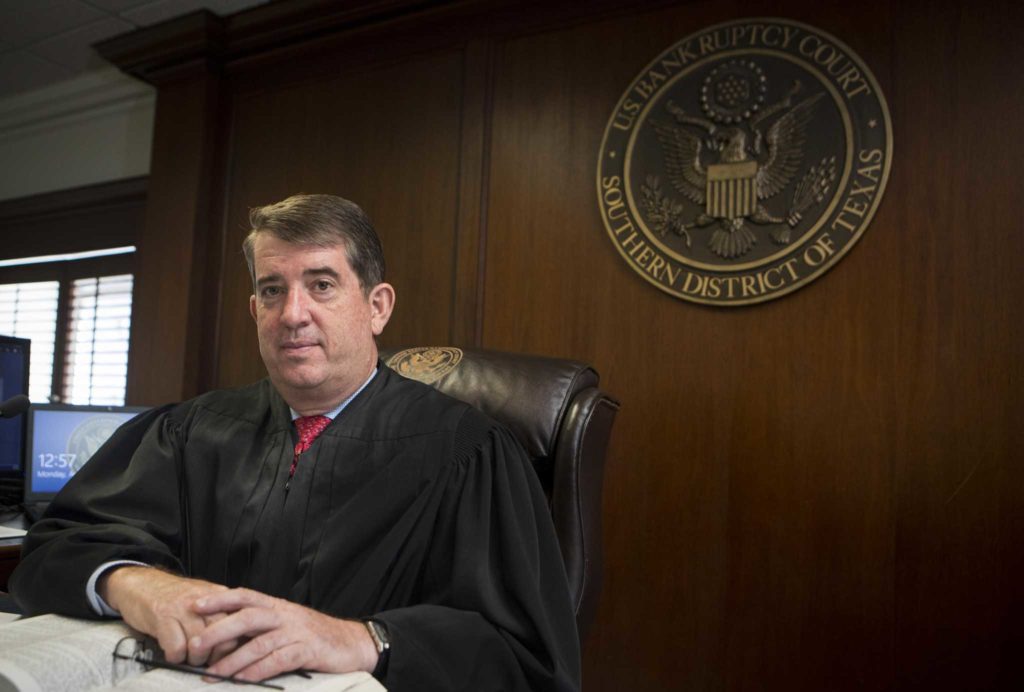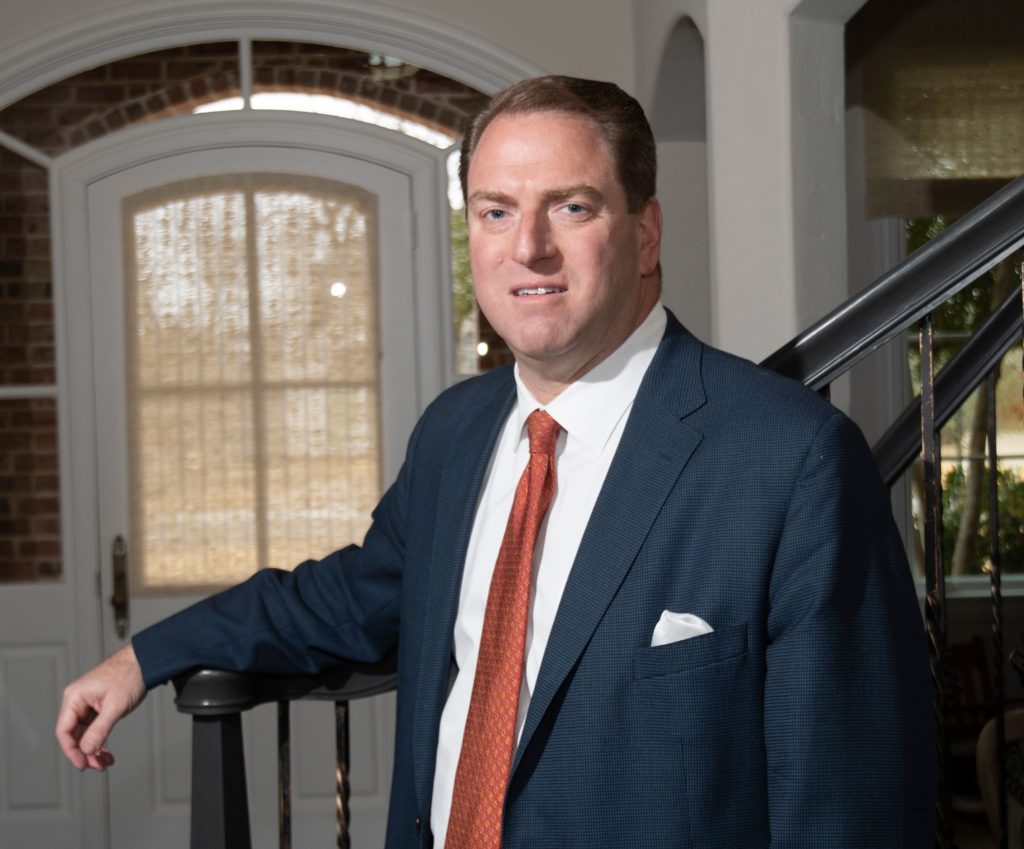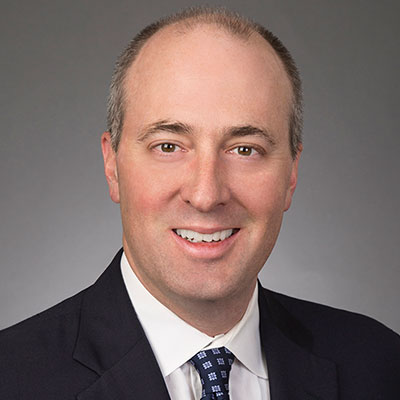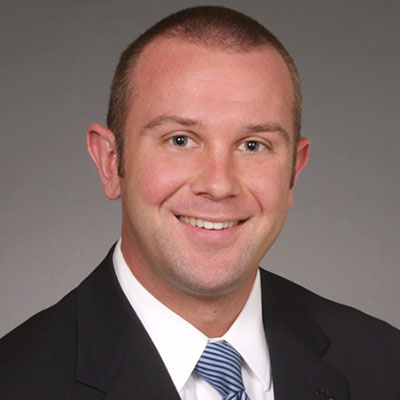“There are just some things that you can’t replicate virtually. …there are definitely challenges. It definitely makes things more difficult.” — Judson Brown, Kirkland & Ellis
“You never thought you’d be trying a case and suddenly you hear a lawnmower next door, or a dog barking, or someone’s kid.” — Paul Genender, Weil, Gotshal & Manges
For the past year, the U.S. Bankruptcy Court in downtown Houston has been the setting for A Tale of Two Calamities.
The pandemic’s twin scourges, raging disease and a crippled economy, have tugged the court in two directions. Like public spaces everywhere, the hulking, 13-story Bob Casey U.S. Courthouse on Rusk Street has been under quarantine. The bankruptcy court on the fourth floor has been shuttered.
Just as Covid-19 made the court uninhabitable, it rendered it indispensable. The implosion of the economy in a hunkered-down nation forced wave after wave of businesses to seek haven from creditors by filing Chapter 11 petitions, with many of the biggest, most notable cases landing at the (darkened) door of the court in Houston, seat of the Southern District of Texas. Under Judge David R. Jones, chief judge of the court since 2015, the district has built a national reputation as a venue of choice for complex, high-profile, high-dollar bankruptcies.
A flood of cases, thanks to Covid. And no courtrooms in which to try them, thanks to Covid. In legal terms, a classic case of afflictio duplex: the double whammy.
***
“If life gives you lemons, make some kind of fruity juice.” — Conan O’Brien
When Covid exploded, courts across the country took precautions. In addition to limiting access to court buildings, civil and criminal judges were encouraged to postpone indefinitely whatever could be postponed. Jury trials, in particular, were put off again and again.
In the Southern District, for example, Chief Judge Lee H. Rosenthal, Jones’s counterpart presiding over the district courts, issued an order last March instructing that all civil and criminal jury trials be discontinued “to protect the health and safety of the public, court employees, … litigants, counsel, interpreters, law-enforcement officials” and others. Rosenthal has extended her order repeatedly. In its most recent iteration, it expires May 10.
In bankruptcy court, however, “let’s just do this next spring” is rarely an option. “Justice delayed…” is more than a maxim when a court has been asked to decide who gets what share of hundreds of millions, if not billions, of dollars. For a company drowning in debt and hoping to reboot, for workers whose jobs go under if the mothership does, for secured creditors hoping to be made whole and unsecured creditors scrabbling over money that may or may not exist, for old investors whose shares have tumbled and new investors who’ve bet heavily on court approval of a restructuring plan, for everyone with a stake in the outcome, justice delayed is just unthinkable.

JUDGE DAVID JONES
“The loss of jobs in these cases really affects me emotionally,” Jones told The Texas Lawbook in an interview published last August.
“Letters from shareholders who have seen their life’s investment wiped away are very difficult to read,” the judge said, “but I read them all. It is heartbreaking.”
Among the behemoths that capsized in the pandemic were Neiman Marcus, J.C. Penney, and Chuck E. Cheese. They were joined by names from petroleum-related fields which, while less familiar to consumers, nonetheless provided tens of thousands of jobs: Whiting Petroleum, Diamond Offshore Drilling, Extraction Oil & Gas, Hornbeck Offshore Services and McDermott International.
To keep one of the busiest bankruptcy courts in America running, Jones converted it to a totally virtual venue.
On March 24, 2020 – 13 days after the World Health Organization officially declared a pandemic – the chief judge issued a one-sentence order invoking a “Protocol for Emergency Public Health or Safety Conditions,” a 10-page document, counting exhibits, that spelled out in detail rules and procedures for conducting bankruptcy hearings in light of the spread of the coronavirus.
“The hearings,” it said, “will be conducted electronically.”
That sounds unremarkable 12 months into the pandemic, when the world has become one big Zoom. For the millions of stuck-at-home workers who’ve made the same adaptation that Jones imposed on his court, videoconferencing today is less cutting-edge than a steak knife. If Rudy Giuliani, the queen of England, the Tennessee Farm Bureau, the reunited cast of The Goonies and Girl Scout Troop 3751 of Nassau County, New York, could master it, surely a bunch of bankruptcy lawyers billing up to $1,750 an hour could.
But for trial lawyers, a courtroom is what the operating room is to surgeons, what the pitch is to footballers. It’s the place where they do what they’ve trained their entire lives to do.
“Trials are a highly specialized form of human interaction,” said Paul R. Genender, a partner in the complex litigation group at Weil, Gotshal & Manges who leads the firm’s litigation practice in Dallas.
“Trials were meant to take place in person, with all participants face to face. That’s what our courts were designed for. That’s what we always contemplated.”
In the past year, Genender led the litigation trial teams on eight major bankruptcies, including five in the Southern District of Texas: those of Kingfisher Midstream, an energy services provider; EP Energy, an oil and gas exploration company; Speedcast International, a satellite communications provider, CEC Entertainment Inc., the franchiser of Chuck E. Cheese and Peter Piper Pizza restaurants; and Utex Industries, a manufacturer of fluid sealing products.
The Kingfisher and EP Energy cases were largely tried in person in January, February and early March, before the rampant spread of the coronavirus, with follow-up proceedings conducted virtually. His other 2020 bankruptcy trials, the other three in Houston plus two in Delaware and one in Virginia, were conducted entirely remotely.
To his surprise, he said, trials by videoconference, if less than ideal, have proven to be workable. He and others give much of the credit to Jones and his colleague in Houston, U.S. Bankruptcy Judge Marvin Isgur.
“I’d always rather be in the courtroom, of course. Any trial lawyer would say that,” Genender said.

PAUL GENENDER
“But we really have been able to manage through Covid. This [trial by videoconference] has been a much better facsimile than I would have thought if you’d asked me a year ago. The courts have been unbelievable through the pandemic. In all the venues I’ve been in, the judges have been great about accommodating the parties to make sure each case was fairly and fully tried. The process was fair to everyone. Due process was upheld.”
Daniel T. Donovan and Judson Brown, litigation partners in the Washington, D.C., office of Kirkland & Ellis, agreed. They led the trial team for the confirmation of Chesapeake Energy Corp.’s Chapter 11 reorganization plan submitted last year to Jones and approved in January. Jackson Walker was Kirkland’s local counsel. Two other Kirkland partners, Patrick J. Nash Jr. and Alexandra Schwarzman, both from Chicago, led the team that prepared Chesapeake’s restructuring plan.
Chesapeake, based in Oklahoma City, was once the nation’s second-largest producer of natural gas. But most analysts agree that over the past dozen years or so it expanded too aggressively, borrowed too much money and made catastrophically inaccurate guesses about which way oil and natural gas prices were headed.
When energy prices tumbled early last year, the collapse dragged Chesapeake under.
The Chesapeake case illustrates the exigency of keeping the bankruptcy trains rolling, even if the station is locked up because of contagion.
The company filed for bankruptcy June 28, claiming assets of $16.2 billion and debts of $11.2 billion. By themselves, the company’s 50 largest unsecured creditors, mostly banks, oil services companies, pipeline operators and related vendors, were owed more than $3.4 billion – nearly 30 times Chesapeake’s market capitalization at the close of trading the Friday before the company sought shelter in Jones’s (virtual) courtroom.
It was the largest, most closely watched bankruptcy of the year in the oil and gas sector.
By the time of its Chapter 11 filing, Chesapeake and many (but not all) of its major creditors had agreed to a proposed restructuring plan that would cut the company’s debt by about $7 billion, provide it with $3 billion in new financing and cut its gas pipeline and processing costs by $1.7 billion.
Chesapeake’s confirmation trial began with opening statements Dec. 15. Twelve witnesses testified over the next 11 days, and Jones confirmed the company’s reorganization plan on the evening of Jan. 13.

DANIEL DONOVAN
“As you can imagine, a lot of people were paying attention to the trial,” Brown said. “North of 150 – sometimes a couple of hundred – people would join by video to watch.”
Donovan, Brown’s Kirkland partner, added: “Over the holidays, through the holidays, the judge and his staff were there. That dedication was what made this work. Within the restructuring agreement, there were certain milestones and deadlines that had to be met. The lenders said, ‘Look, we’re only going to keep this money available for so long.’ We weren’t quite facing the stroke of midnight, but we were getting close. We had to keep things moving apace.”
He commended Jones, a renowned bankruptcy partner at Porter Hedges before his ascent to the bench, with smoothly shepherding the huge, complex Chesapeake case to its completion.
“The number of objectors, the number of issues that had to be worked through, the number of witnesses, the judge’s busy schedule. … He just felt that we all had to use whatever time was available to us to push things along,” Donovan said.
“There were real challenges for everyone, but the judge has done this on cases throughout the pandemic, which is pretty amazing,” he continued. “He and his staff have a setup that’s nearly flawless, using internet-based software (GoToMeeting) to connect everyone – some from their offices, some from their homes. He just makes it all work.”
***
A complex business bankruptcy involves armies of lawyers, usually from firms and offices around the country, representing various interests – the debtor, the debtor’s board of directors, debtor-in-possession financiers, secured creditors and the unsecured creditors’ committee, among others.
In a comprehensive survey of court records last August, The Lawbook identified more than 900 lawyers based in the Texas offices of 34 business law firms who had worked on 219 active Chapter 11 restructurings.
Six firms headquartered in Texas were each involved in 20 or more complex bankruptcies: Jackson Walker, Haynes and Boone, Munsch Hardt, Porter Hedges, Thompson & Knight and Vinson & Elkins.
Four national firms with a large presence in Texas – Hunton Andrews Kurth, Kirkland & Ellis, Norton Rose Fulbright and Weil, Gotshal & Manges – had Texas lawyers engaged in at least 20 corporate bankruptcies, with Kirkland and Weil at the head of the pack.
Under normal circumstances, the assemblage of barristers involved in a complex bankruptcy would be stacked two or three deep in the courtroom, looking like a meeting of the Gray Oxxford Suit Club. In a remote proceeding, they’re scattered across the country, connected only on the screen. Inevitably, virtual connections lapse.
“Look, there are glitches. We all just have to roll with them,” Genender said. “Lawyers’ phones cut out. Or they’ll lose the video feed during a hearing. If something goes wrong, you just wave your hands or speak up or send someone a text to let the judge know so he or she can pause the proceeding until you can call back in.
“Sometimes, for whatever reason, you can’t get a document pulled up. All you can do is say we’ll come back to that later. Let’s move on,” he said. “Invariably, the courts have been very patient and understanding about it.”
Added Brown: “Cases are moving forward. People are realizing, ‘Look, you can do this virtually. You can take depositions. You can even do a trial.’ Judge Jones has really figured out a great setup to handle cases virtually.
“There are definitely challenges. It definitely makes things more difficult. But despite those challenges, we’re happy that the courts are figuring out ways to move cases along.”
***
The things most lost in a virtual setting, practitioners agree, are the ability to size up witnesses (and, perhaps, engage in some courtroom theatrics while doing so) and the immediate support of courtroom colleagues.
“Cross-examination is the toughest part. There are just some things that you can’t replicate virtually,” Brown said. “Being there in person is important for some areas of a cross-examination, particularly when you’re trying to drive at credibility issues. You can be a little more aggressive or intimidating or whatever you need to be when you’re in the same room.
“In person, you can use movement, whether it’s hand gestures or, literally, your movement in the courtroom, to facilitate your examinations.”

JUDSON BROWN
“Not being with my colleagues is a huge difference,” Genender said. “That includes my paralegal of 22 years, who knows what I’m going to do next before I do. Not having her there to pass me the right document before I can even reach for it makes preparation more stressful. Because you know that when it’s time to question that witness or take that deposition, you’re on your own. You have to have everything completely organized, know exactly where everything is – and by the way, you have to make it look effortless, because you’re on camera.
“There’s no virtual substitute for someone handing you a Post-it note or tapping you on the shoulder or whispering something to you,” he said.
There is, however, at least one unexpected advantage of questioning a witness remotely: The ability to simultaneously watch the witness and the judge’s reaction to that witness’s testimony.
“During a cross-examination,” Brown said, “the judge had his camera on at all times, the witness had his or her camera on at all times, and then both the direct-examining lawyer and the cross-examining lawyer would have their cameras on. So on your screen, it’s sort of like the Brady Bunch squares. I’d have a set of four images, including one of myself. I always tried to avoid that one. I hated seeing myself.”
“Here’s something that was interesting: The virtual world does present some opportunities you don’t have in the real world. I was able to see the judge’s reaction and the witness’s testimony at the same time,” he said. “Whereas in a normal trial, maybe you can catch a glimpse of the judge’s reaction, but it’s hard, because you’re so focused on the witness. Here, you could see them both.”
***
The new normal, when it arrives, will beat the dickens out of the now normal. But it won’t be exactly like the old normal.
Those who’ve been pushed into cybertrials say a part of the virtual reality will live on after live appearances in courtrooms become, from a health standpoint, possible again.
“We’ve discovered some real efficiencies that I think will last beyond the pandemic,” Genender said.
“Status conferences, certainly, can be done virtually. Flying halfway across the country for a 20-minute status hearing may be a thing of the past.
“Routine motions can be heard virtually. A lot of client meetings can take place virtually. The same with witness prep.”
He added, “I think the whole nature of scheduling and docketing will change. To set a date for live hearing, you have to find a day and time when everyone can be physically present. Travel time has to be factored in. The cost of 30 minutes in the courtroom could be six hours spent on airplanes – and maybe an overnight stay.
“Clearly, this is not a streamlined process. Scheduling becomes much easier and much less costly for everyone involved if all they have to do is agree on a time when everyone can log in from wherever they are.”
It’s not like this couldn’t have been done years ago.
“The technology was there before. It’s not like Zoom was created last March,” Genender said.
“We just never used it, because we weren’t forced to.”
